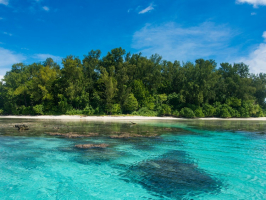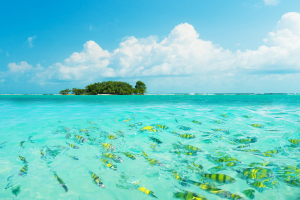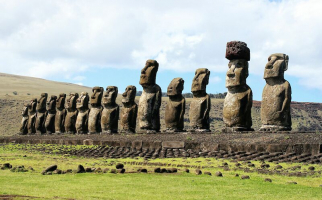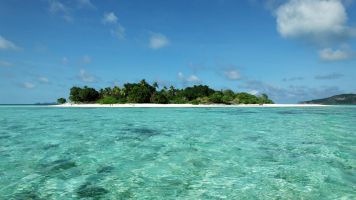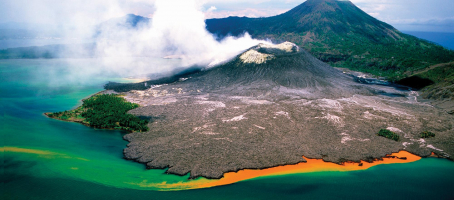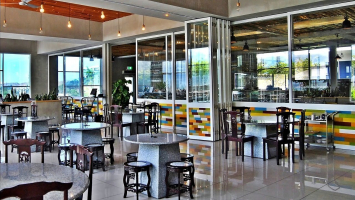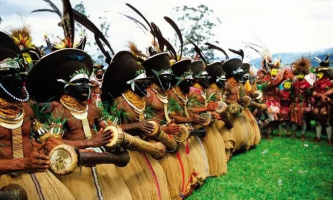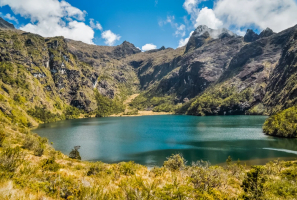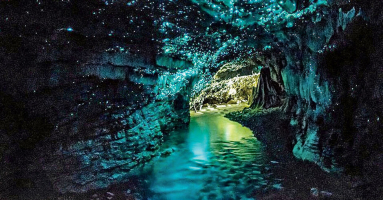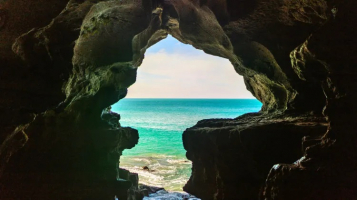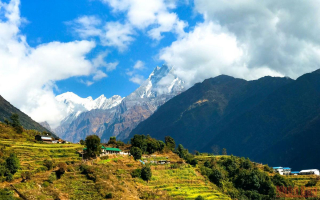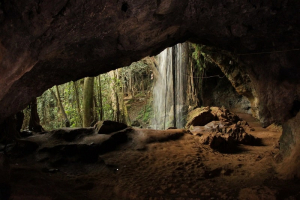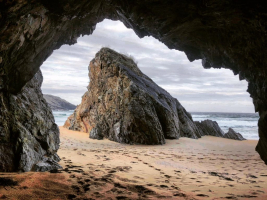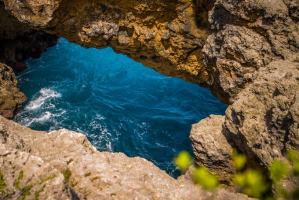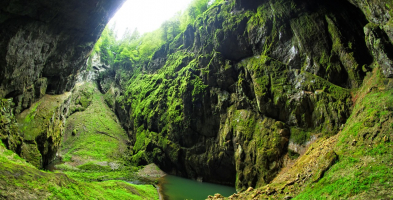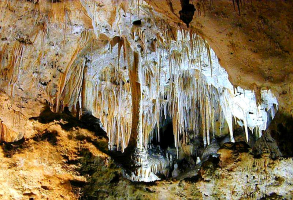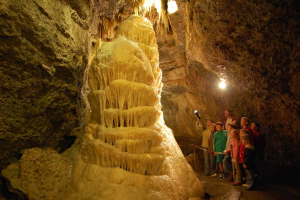Top 6 Most Beautiful Caves in Papua New Guinea
As one of the most ethnically diverse countries in the world, Papua New Guinea is the least explored not only culturally but geographically. Many caves in this ... read more...country are still untouched and mysterious. Let's explore some of the most beautiful caves in Papua New Guinea in this article.
-
Esa'ala Cave is located in Esa'ala District, Papua New Guinea. Esa'ala cave is the world's deepest cave, also known as the mother of all caves. There are several caverns in Papua New Guinea and around the world.
A group of thirteen persons entered the cave in 1998 to learn more about it. Unfortunately, only one of them made it out alive; the other twelve were killed. This cave may still be 70% undiscovered. The precise depth of this cave is unknown. According to the team who entered the cave, it has a depth of 100 kilometers, although the exact depth has yet to be determined.
Unfortunately, the weather was not good, and a Storm resulted. Only one of the team of around 6 to 8 people survived when ropes were destroyed and the path out was blocked. The team of around 6 to 8 people went inside the water since they had no chance, and the team kept moving until they found a method to get back from the deep ocean. From the ocean, he located a path out of the cave.
Location: Esa'ala District, Papua New Guinea
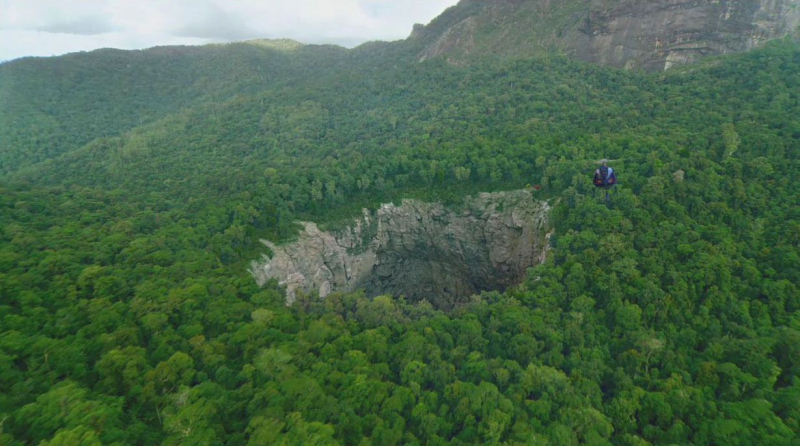
Source: Pinterest Source: Well Done Farming -
The Skull Cave has the skulls of aboriginal people who lived before the missionaries arrived. They were utilized for important people's burials. People were buried standing with a clay pot placed over their heads in the customary burial process. The pot was removed and the skull was transported to the cave once the heads had separated from the body. This was meant to be a respectful gesture.
This was a frequent practice, which is why there are so many skull caves in Papua New Guinea. So Skull Cave isn't the cave's true name, but rather a description of how it's used.
The cave is near East Cape, the continent of Papua New Guinea's furthest eastern point. Beautiful beaches, clear water, and vibrant reefs may all be found in the town of Bilubilu. This is an excellent spot for any type of water sport. Milne Bay Tourism's ecological daytrip to this location includes a cave visit solely as an option. For the short hike, the cave tour requires a moderate level of fitness. It is suggested that you wear swimwear and walking shoes.
Location: Alotau, Milne Bay Province, Papua New Guinea
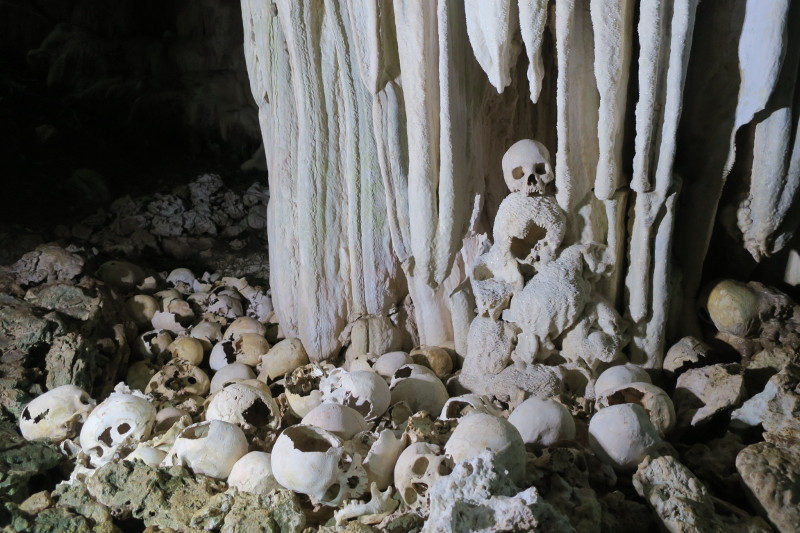
Source: Travel Association 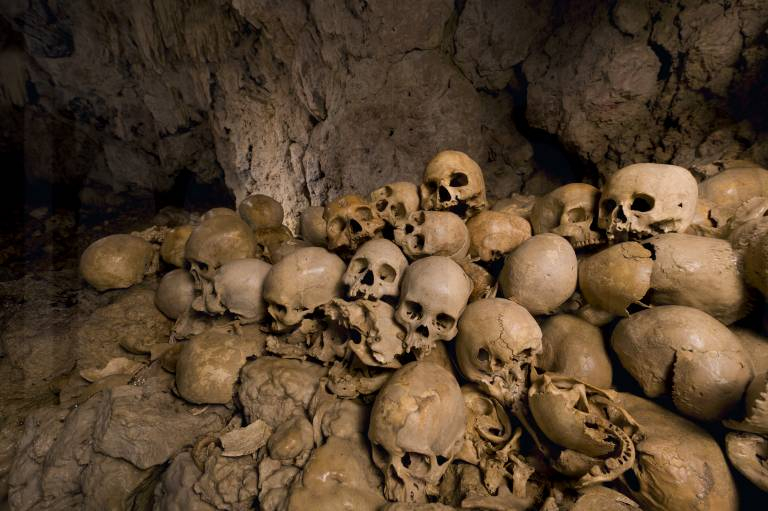
Source: IMAGO -
The Niugini Speleological Research Expedition conducted a brief visit to the Atea Cave in 1973, which kicked off the cave's exploration. Muller 76, an Australian expedition, went on to extend the cave to 4.6 kilometers of tunnel.
The cave was the major goal of the Atea 1978 expedition, a well-organized Australian-led expedition with 50 people from five countries, and it was surveyed to be over 30 kilometers long and 143 meters deep, making it the southern hemisphere's longest cave at the time.
Several enormous breakdown chambers, a long and majestic main riverway, and an unusually large number of branch systems and smaller tunnels are among the cave's many remarkable characteristics.
Since 1978, a modest number of additional visitors have increased the cave's depth to 350 meters and length to 34.5 kilometers.
Location: Atea Kananda, Southern Highlands, Papua New Guinea
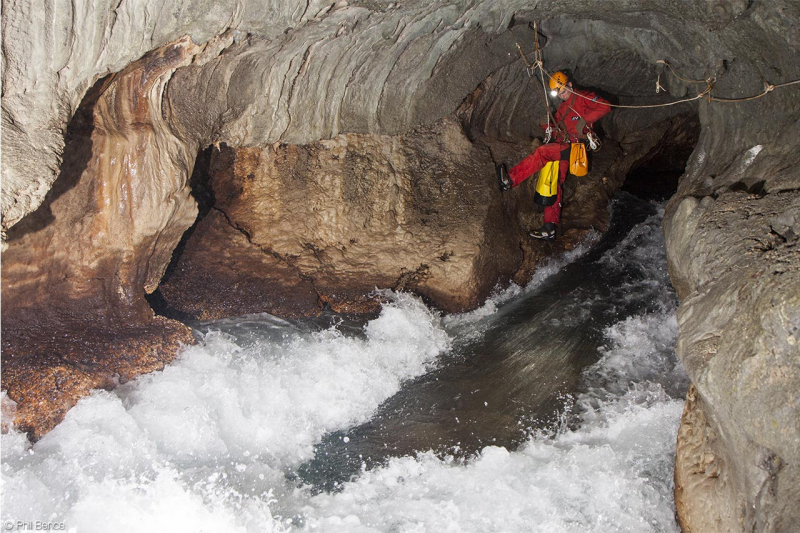
Source: Petzl 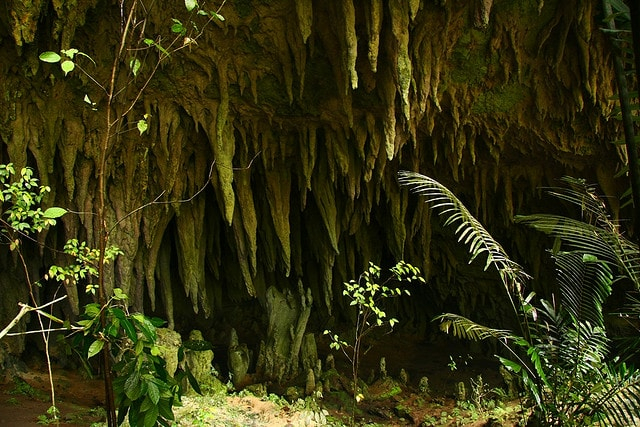
Source: Wondermondo -
Diu Diu Cave is a karst cave located in Waigani, Milne Bay Province, Papua New Guinea. The cave is one of the most beautiful caves in Papua New Guinea. The entry to Diu Diu Cave is a little challenging. You'll have to wade through water and mud with a ceiling that's often barely 80 cm high after ascending down into the cave river. This excursion involves a lot of mud and guano contact. Eels, prawns, spiders, and bats are among the cave's inhabitants.
This cave is undeveloped and quite difficult to access. It's part of Milne Bay Tourism's ecotourism trip. The three-hour half-day trip includes an escorted vehicle ride, trekking, and a cave trekking tour. Rubber boots, old clothes, and clothes to change are recommended for people with a medium level of physical fitness.
Location: Alotau, Milne Bay Province, Papua New Guinea
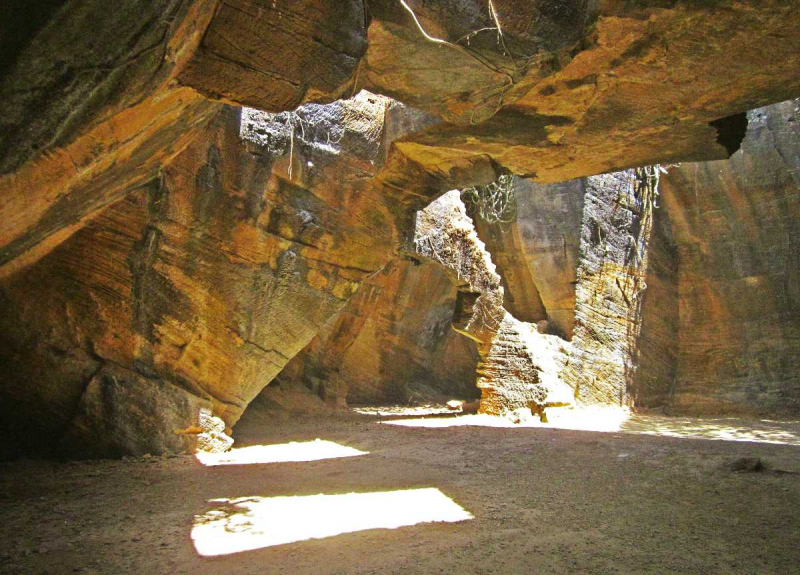
Source: Holidify 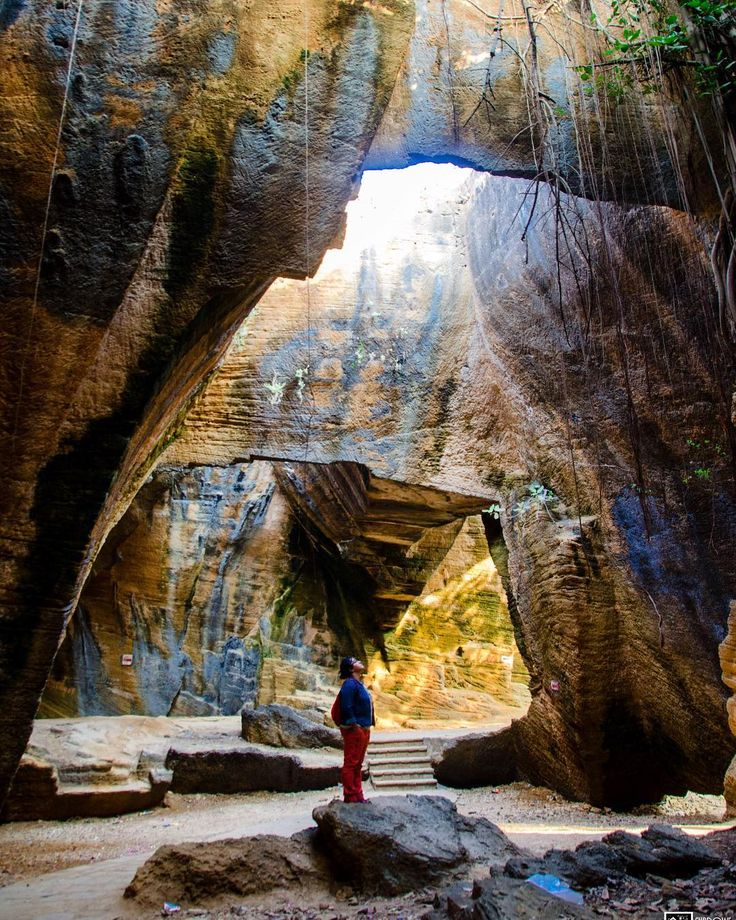
Source: Pinterest -
Kilu Cave is a paleoanthropological site on Buka Island in Papua New Guinea's Autonomous Region of Bougainville. Kilu Cave is 65 meters (213 feet) from the contemporary coastline, at the base of a limestone cliff. Kilu Cave is the earliest known site for human settlement in the Solomon Islands archipelago, with evidence of human occupation extending back 30,000 years. The site is the earliest evidence of paleolithic people crossing the open ocean, that is, navigating without seeing land. To get from Nissan Island to Buka, you'll have to cover at least 60 kilometers of open water. As a result, the presence of paleolithic people at Buka is evidence for the oldest and longest paleolithic sea migration known to date.
Prior to the finding of Kilu Cave in 1987, the earliest sites in the Solomon Islands archipelago indicating evidence of human habitation were Lapita sites dating back roughly 3,000 years. However, linguistic and anthropological data led archaeologists to assume that human occupancy in the Solomon Islands began considerably earlier.
Location: Autonomous Region of Bougainville, Papua New Guinea
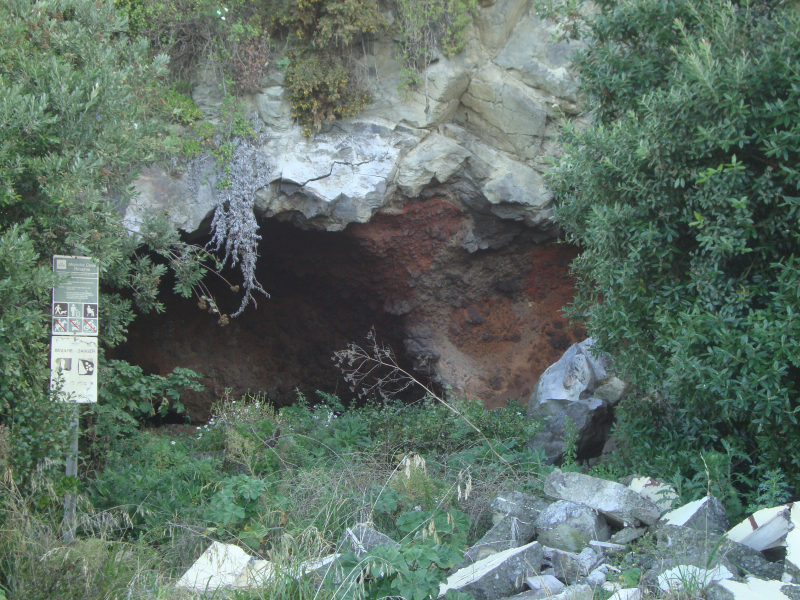
Source: Wikipedia 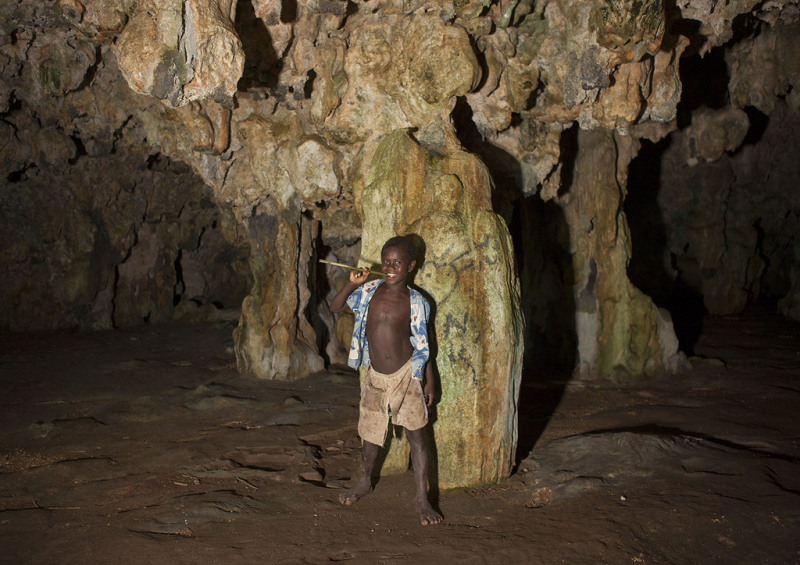
Source: Flickr -
Rounding out our list of the most beautiful caves in Papua New Guinea is Afawa Cave. It is a karst cave in Doe, Papua New Guinea's Central Province. It's quite isolated; the most usual way to get there is via an 80-kilometer, two-day journey. The altitudinous cave, which is home to a huge population of flying foxes, is a one-hour difficult trek from Doe.
A trip to Afawa Cave appears to be a physically demanding excursion. The cave entrance is a 45-minute climb from the settlement of Doe. At Doe village, there are also guides who will lead you around the cave. Despite the fact that it appears to be quite intriguing, it is clearly only suitable for physically fit sport addicts.
Location: Doe, Central Province, Papua New Guinea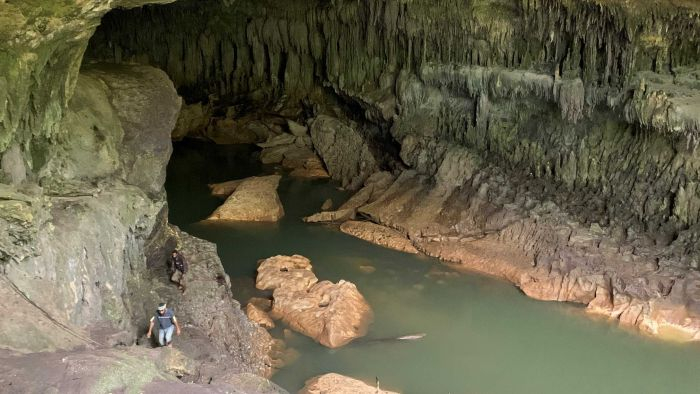
Source: ABC Source: David Wood








